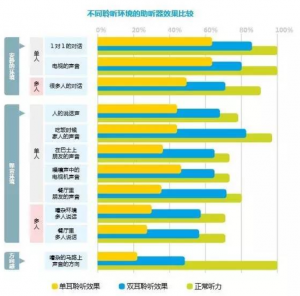Today, let’s take a look at bone conduction and do an article on science.
Bone conduction is a way of transmitting sound waves to the inner ear. Sound waves directly oscillate the perilymph through the skull pathway, and the auger of the cochlear produces hearing. Bone conduction refers to the surface of the host bone from the periphery of the implant bed and the oriented osteogenic precursor cells in the bone marrow proliferate and extend into the surface of the implanted bone and its cavity to produce osteoblasts to form new bone.
This is the case with the famous musician Beethoven, whom we all know. He uses the principle of bone conduction to practice the piano.

So what is the principle of bone conduction? Under normal circumstances, sound waves conduct the inner ear through air conduction and bone conduction, and then the inner and outer lymph fluids of the inner ear generate vibration, the auger completes the sensory process, and then the auditory nerve The nerve impulses are transmitted to the auditory center, and after the cerebral cortex is analyzed, it becomes the sound we hear.
So let me give you an example here, let everyone better understand bone conduction: cover your ears with your hands, talk to yourself, and then no matter how small the voice you say, we can all hear what is being said, this also It is the role of bone conduction.

The conduction mode of bone conduction generally has two modes: mobile type and squeeze type. The synergistic effect of the two can stimulate the auger to cause hearing. The specific conduction path is: “sound wave–skull–Bone lost–Inner ear lymph–Screw–Auditory nerve–The auditory center of the cerebral cortex. Usually people do not need to use their own skull to feel the sound, but when the lesions of the outer ear and the middle ear block the transmission of sound waves, bone conduction can be used to compensate for hearing. Such as bone conduction hearing aids, Bone conduction headphones, etc., use bone conduction to feel the sound.
Link:Popular science: bone conduction
REF: Bluetooth Hearing Aids, ITE hearing aids, Hearing Aids TypesThe article comes from the Internet. If there is any infringement, please contact [email protected] to delete it.




